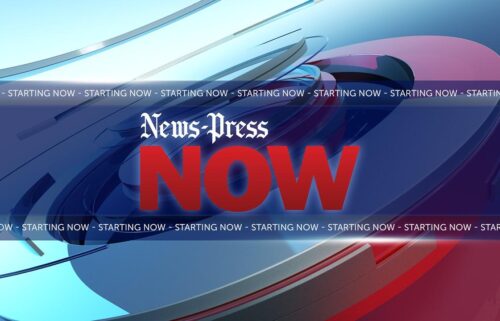LOCALIZE IT: Lawmakers double down on voucher programs as costs rise

By GEOFF MULVIHILL
Associated Press
EDITORS/NEWS DIRECTORS:
Programs that use taxpayer dollars to pay private school tuitions and sometimes homeschool expenses are booming in GOP-led states even as their price keeps growing.
For both supporters and opponents of the voucher, scholarship and savings account programs, the main arguments are about principles. But there’s a major financial component, too.
In states with programs that have been running a few years, the costs are taking up a growing portion of the state general budgets.
___
READ AP’S LATEST COVERAGE:
Republican-led states keep adding school voucher programs even as critics worry about cost
___
FIND YOUR STATE: DOES IT HAVE A VOUCHER PROGRAM?
Here are states where all or most students are eligible for voucher, savings account or scholarship programs, according to the advocacy group EdChoice:
Alabama (to begin for 2025-26 school year)
Arkansas
Arizona
Florida
Indiana
Iowa
Louisiana (to broaden for 2025-26 school year)
Montana
North Carolina
Ohio
Oklahoma
Tennessee (to begin for 2025-26 school year)
Utah
West Virginia
Additionally, a bill progressed in April in Texas. Lawmakers passed one in North Dakota, but the governor vetoed it. Other voucher legislation is still in the legislature there, though.
___
FIND YOUR STATE: PROJECTED COST OF VOUCHER PROGRAMS FOR 2026 SCHOOL YEAR
AP put together an interactive chart showing the dozen states expected to have programs in the 2025-26 school year that will use taxpayer money to pay for private-school education for a broad array of students.
Hover over the bubble representing your state to see the cost for FY2026, the percentage it makes up in the state budget, the cost for FY2025, and the percentage change in spending.
An embed code for the interactive is included at the end of this guide.
___
QUESTIONS TO ASK
— Have voucher programs with high or no income limits been adopted in your state?
— If they have, or have gotten more support than in the past: What’s changed about the programs or the nature of support for them?
— In places with existing programs, have costs increased? If so, have there been any offsetting savings?
— What did legislative services analyses say the costs of the program would be in the future? Did the projections turn out to be accurate? If not, were they underestimating or overestimating costs?
— Are lawmakers explicitly pitting voucher programs against other budget priorities?
— How has state funding for public schools changed since voucher programs were implemented?
— Have lawmakers or governors attempted to scale back existing programs? How has that gone?
___
EMBED THIS GRAPHIC
This AP digital chart shows the projected cost of voucher programs for the 2026 school year in relation to total state general fund budgets.
iframe title=“States add to school voucher programs” aria-label=“Scatter Plot” id=“ap-chart-1yVuy” src=” https://interactives.ap.org/embeds/1yVuy/7/ ″ scrolling=“no” width=“100%” style=“border:none” height=“569″/iframescript type=“text/javascript”!function()(“use strict”;window.addEventListener(“message”,(function(e)(if(void 0!==e.data(“datawrapper-height”))(var t=document.querySelectorAll(“iframe”);for(var a in e.data(“datawrapper-height”))for(var r=0;rt.length;r++)(if(t(r).contentWindow===e.source)t(r).style.height=e.data(“datawrapper-height”)(a)+“px”))))))();/script
___
Localize It is a resource produced regularly by The Associated Press for its customers’ use. Questions can be directed to Katie Oyan at koyan@ap.org.

